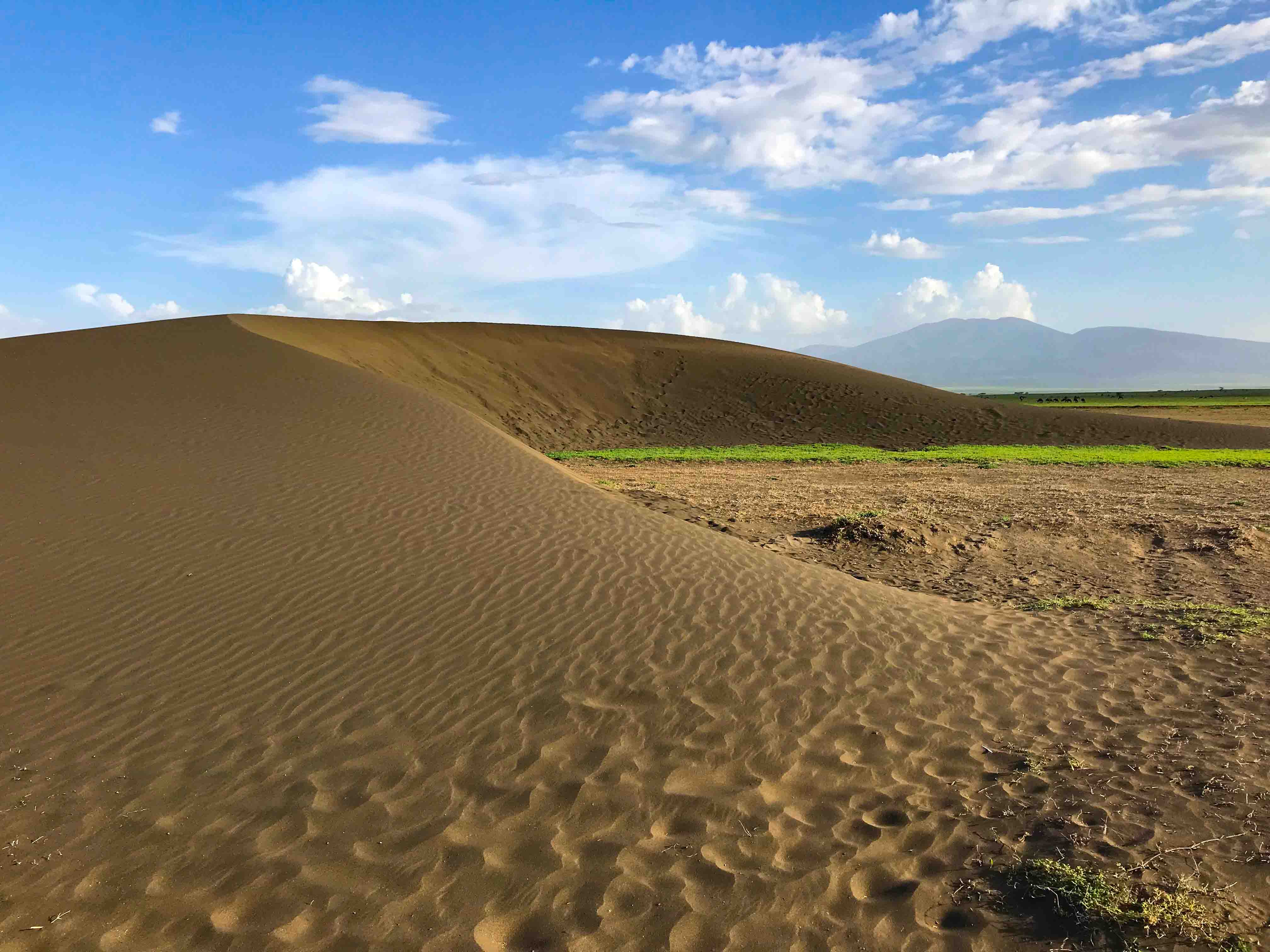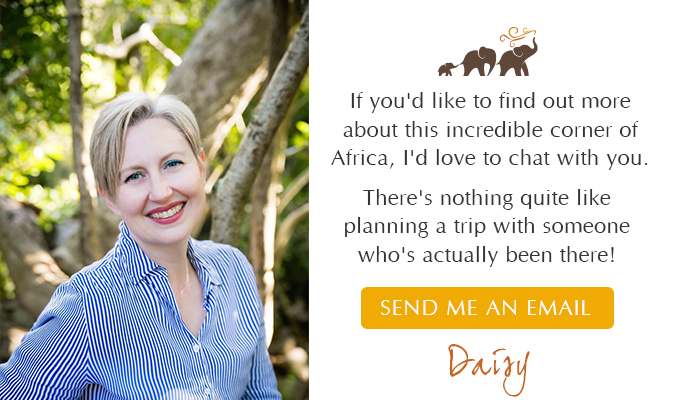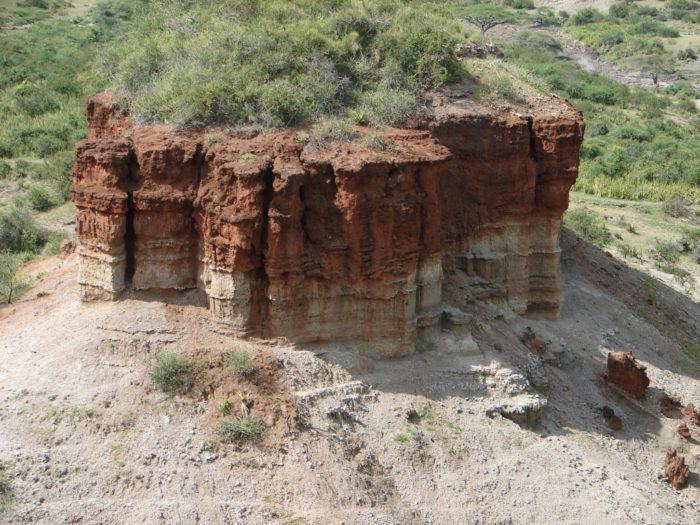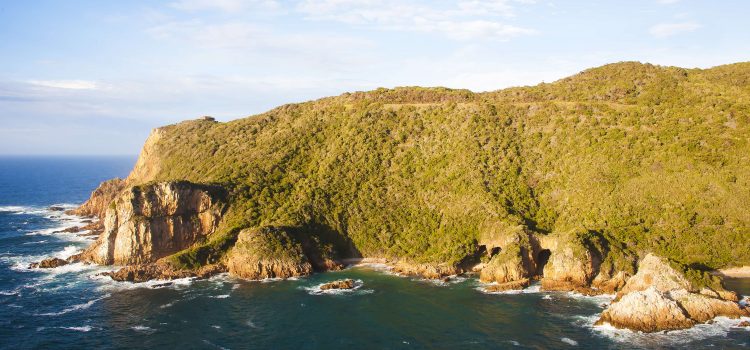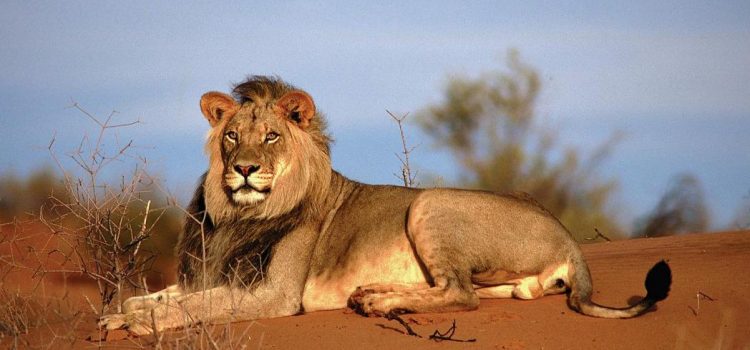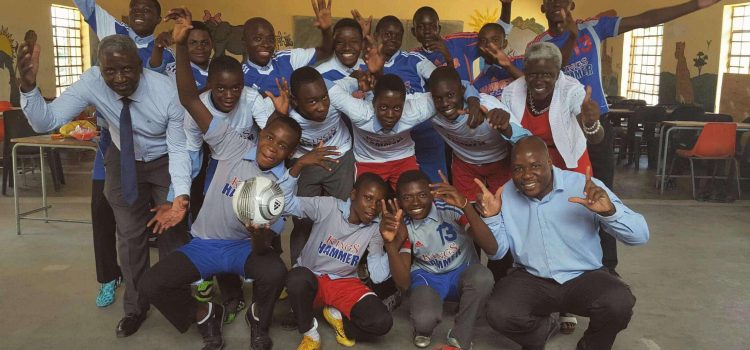Looking for an African adventure that cuts out all the the usual safari clichés and is so full of different activities and tour styles that it’ll pique the intrigue of even the most seasoned safarian?
Tanzania’s pure, pristine wilderness is just such a place, and the unique beauty and magical drama of its famous landmark, the verdant Ngorongoro Crater, will simply take your breath away!
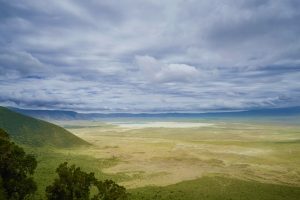
This World Heritage Site is the largest intact caldera in the world, and home to a superabundance of wildlife, including the Big Five (with a burgeoning black rhino population, the continent’s largest concentration of lions, and some of Africa’s largest tusker elephants), all the predators like cheetah, spotted hyena and the black-backed and golden jackals.
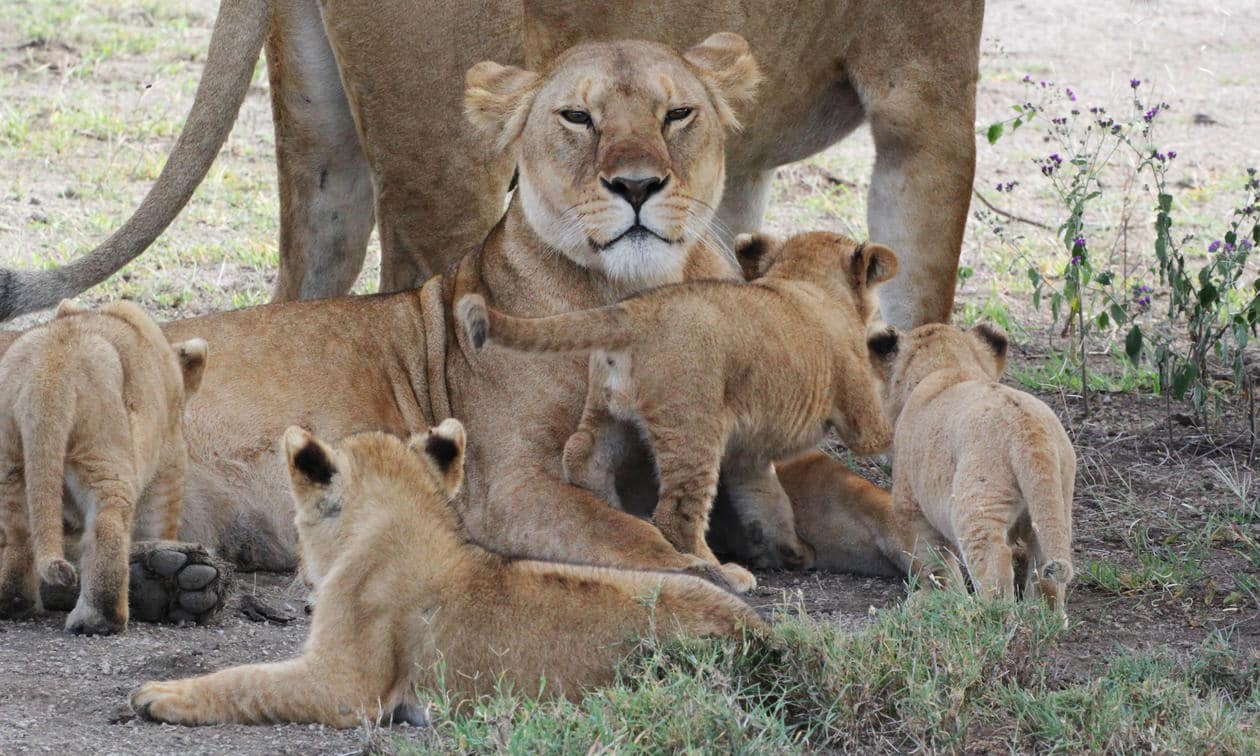
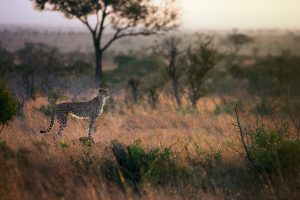
Thanks to its rich, fertile ground, the crater boasts one of the highest densities of big game in Africa. With its vast herds of wildebeest, zebra, buffalo and a fascinating variety of ever-grazing gazelle, the air is alive with spectacular birdlife – the prolific pink pats of flamingo are one of the crater’s most loved sights!
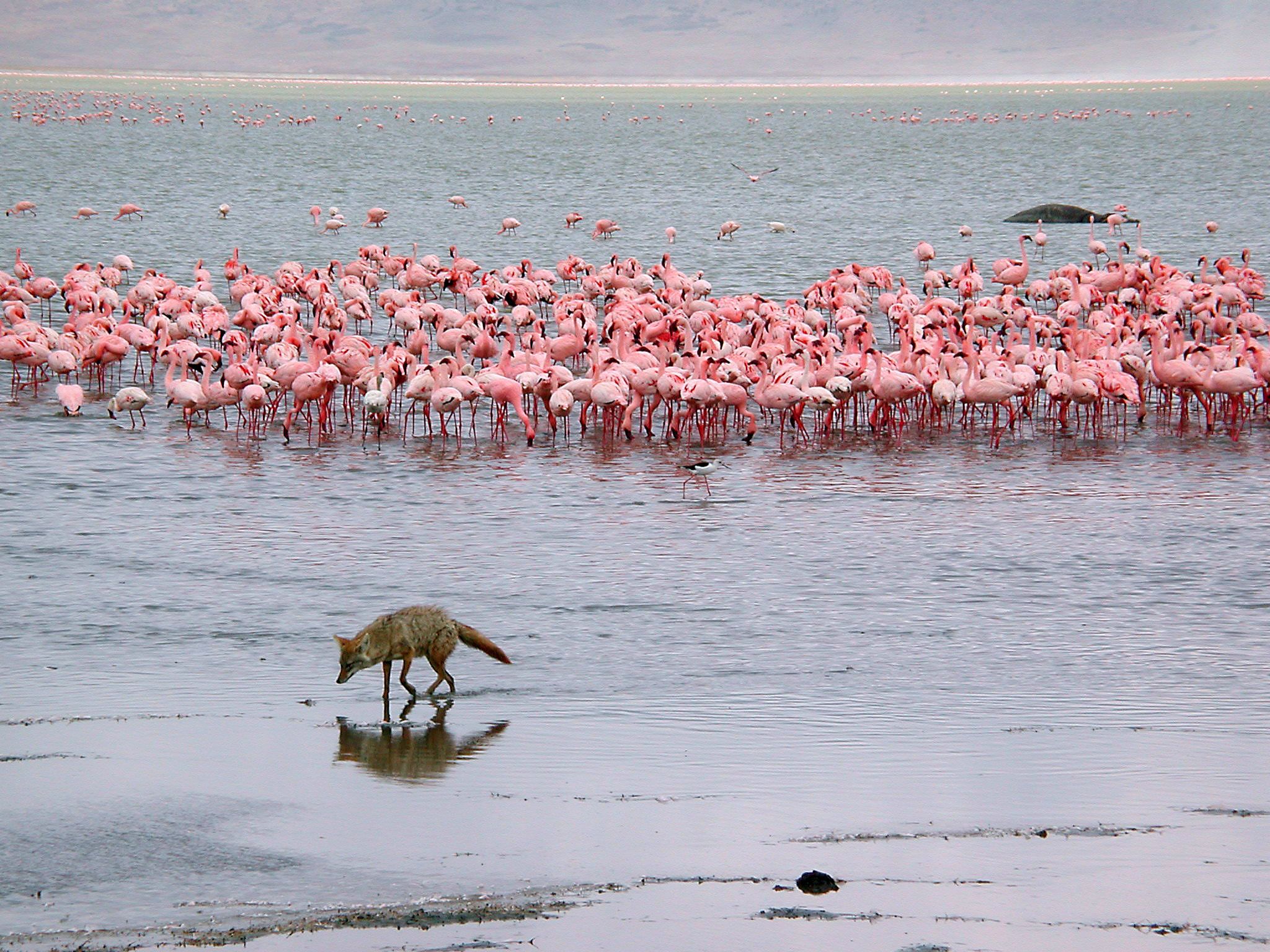
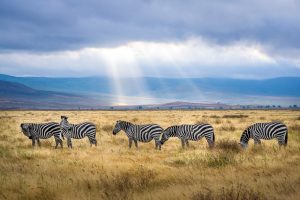
This is probably why Tanzania’s Ngorongoro Crater experience ranks as one of the world’s top safari destinations; a place of endless peacefulness and the most wild beauty, where visitors marvel at the unparalleled wildlife, the dramatic landscape and fall in love with its very special people, the Masai.
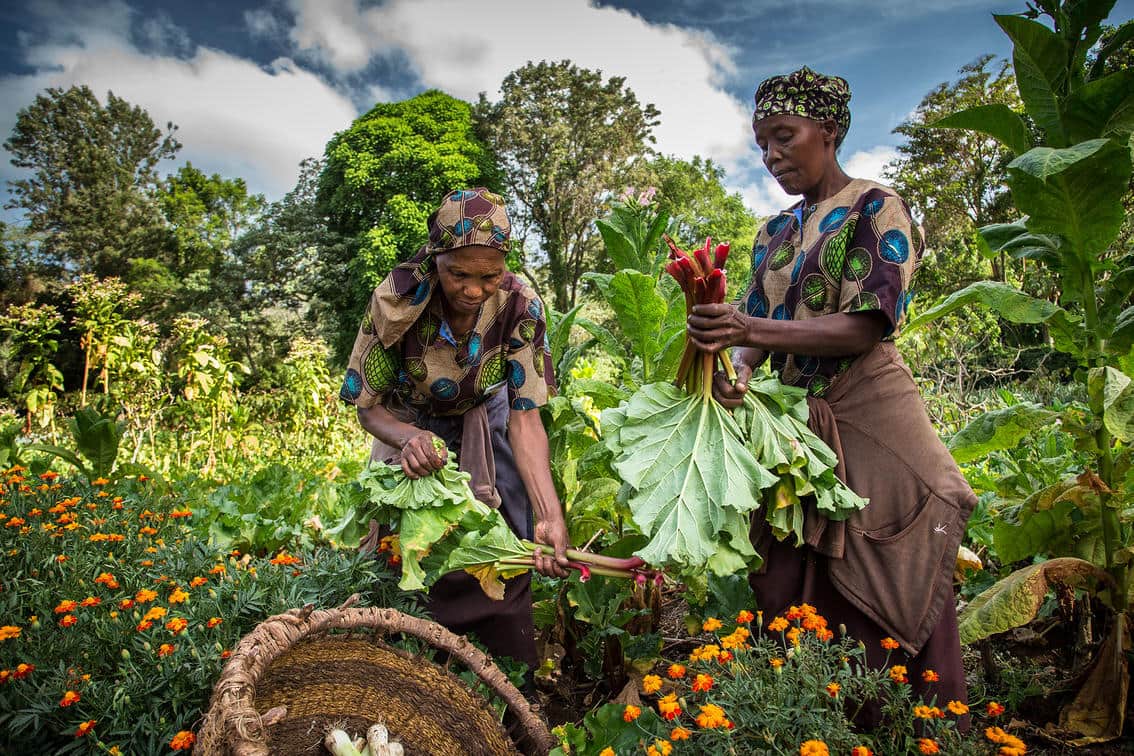
When To Go
A Ngorongoro Crater safari can be booked throughout the year as its wildlife doesn’t need to migrate away to greener pastures. However, this also means that during the peak safari season of July to March, the crater floor can get quite crowded with safari vehicles. If you prefer a more solitary and serene Ngorongoro safari experience, we recommend planning your travel during the low season between April and May.
Where To Stay
For phenomenal crater views and exceptional game drives, we love andBeyond Ngorongoro Crater Lodge.
For peaceful, colonial farmhouse charm surrounded by magnificent Ngorongoro Forest and Great Rift Valley views, we think staying at Gibb’s Farm will be just your cup of tea!
If you’re on a bit of a budget, staying in the nearby village of colorful Karatu is much more affordable and offers a completely different experience where you’re immersed in the local Maasai culture, can discover the vibrant audacity of freshly brewed Kenyan coffee right where its grown — or pop in to a local brewery to sample the mild, smooth beer which is boiled in a dark, smoky room – then fermented, bottled and imbibed in another room. You could even volunteer your time and help make an unforgettable difference to a variety of special community projects!
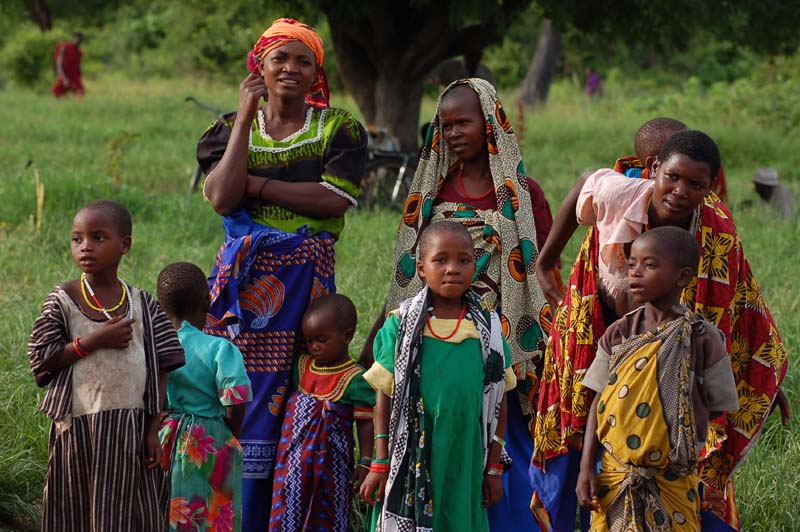
AndBeyond Ngorongoro Crater Lodge
From its magical perch at the ‘top of the world’ on the very edge of the crater brim, the Ngorongoro Crater Lodge provides magnificent views out across the crater, teeming with life. This award-winning lodge prides itself on its warm African hospitality and is divided into three camps, each with their own dining and lounge areas, replete with your very own butler. Comprising 30 handcrafted banana-thatch, stilted suites, they are luxuriously appointed and filled with elegant antiques. The en-suite bathrooms sparkle with opulent chandeliers above deep bathtubs and exceptionally spacious showers. Gorgeously romantic!
But it’s the sweeping floor-to-ceiling views that really steal the show, like an ever-changing painting as the sun journeys across the skies, a veil of mist swirling in the huge caldera below.
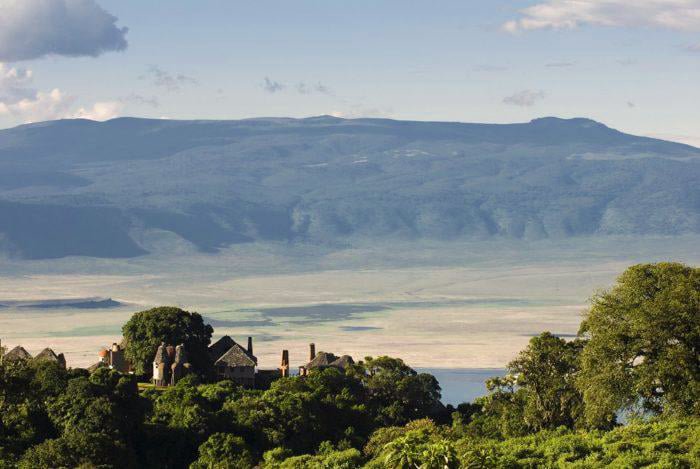
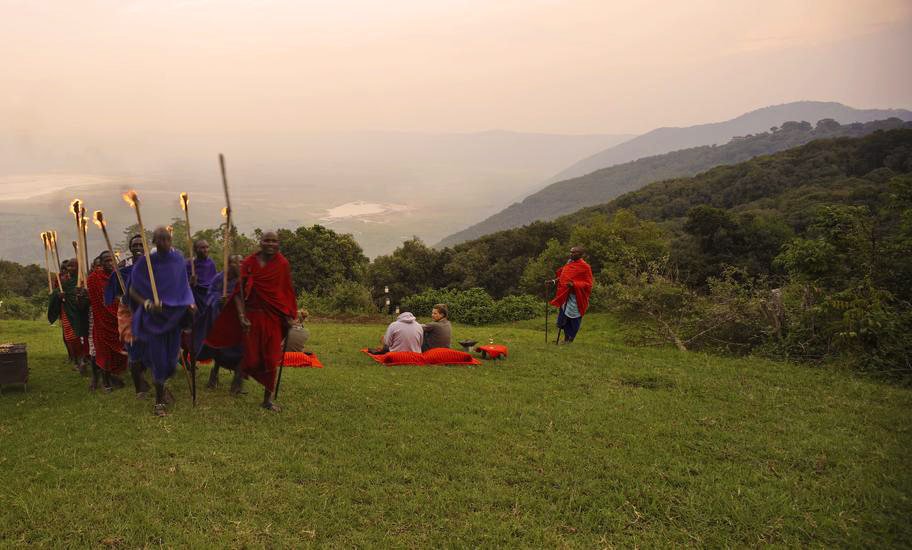
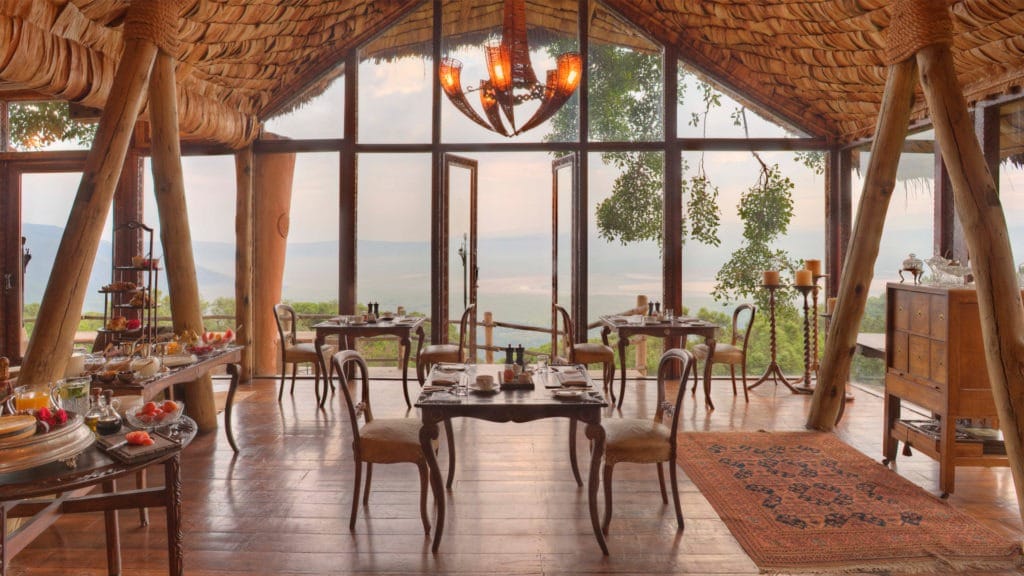
Gibb’s Farm
Established in the 1920s as an industrious coffee plantation, we adore Gibb’s Farm for its warm, rustic charm and understated, almost colonial luxury but appointed with all the modern functionality you’d expect from a world-class hotel.
The farm’s 17 enchanting guest cottages are each uniquely themed, with their own private verandahs, cozy fireplaces, en-suite bathrooms and handcrafted furniture. The historic main farmhouse still has its original wooden beams and has been lovingly maintained over the decades, its walls alive with a vibrant collection of East African art. The expertly-run 10-acre farm produces organic Arabica coffee, sun-ripened fruit, herbs and vegetables, and even has a bakery and dairy – all of which fill your dining tables with organic farm-to-table deliciousness.
Surrounded by a beautifully tended, terraced flower garden that you stroll through on your way to the Africa-inspired spa, where you unwind completely under the spell of traditional Masai treatments. Gibb’s Farm is known both for its long-standing commitment to their community, and its sustainable approach – adding two more reasons why it’s one of our clients’ favorite places to stay.
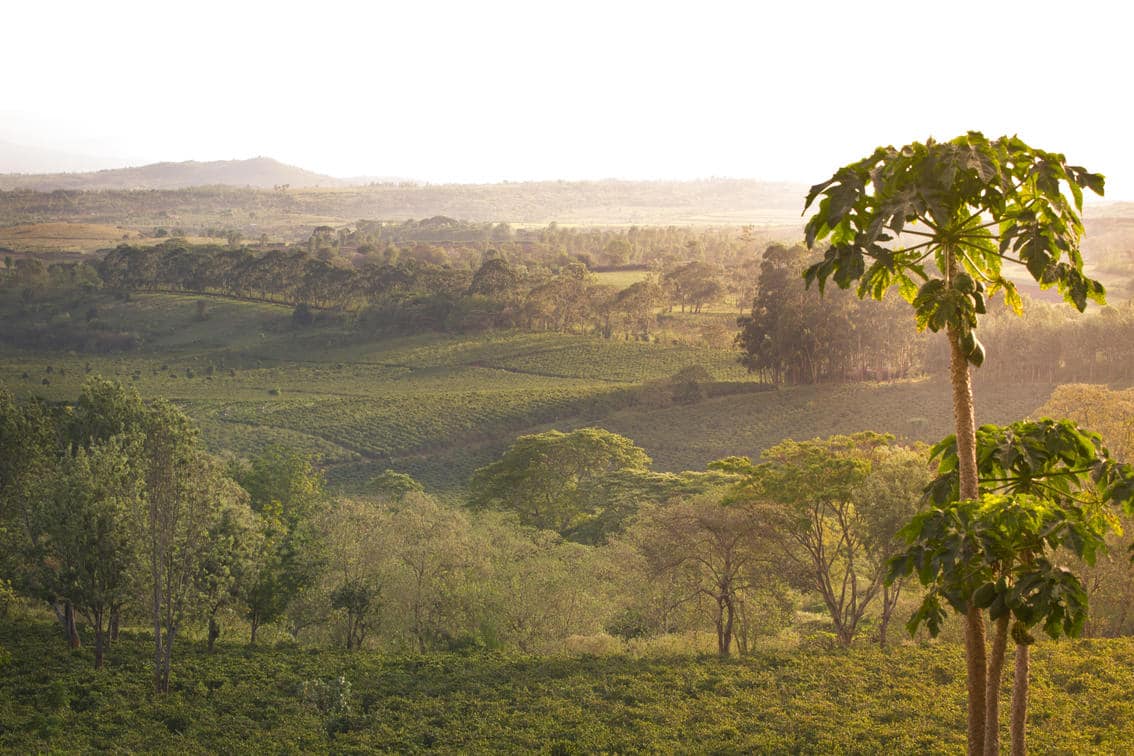
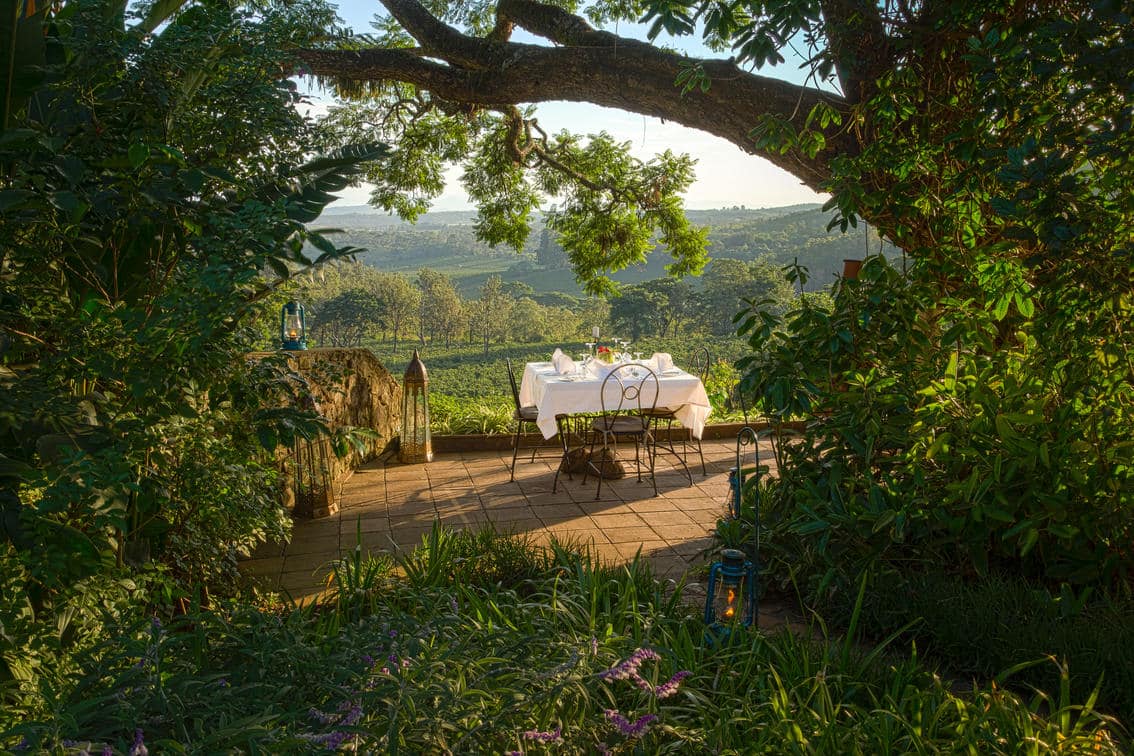
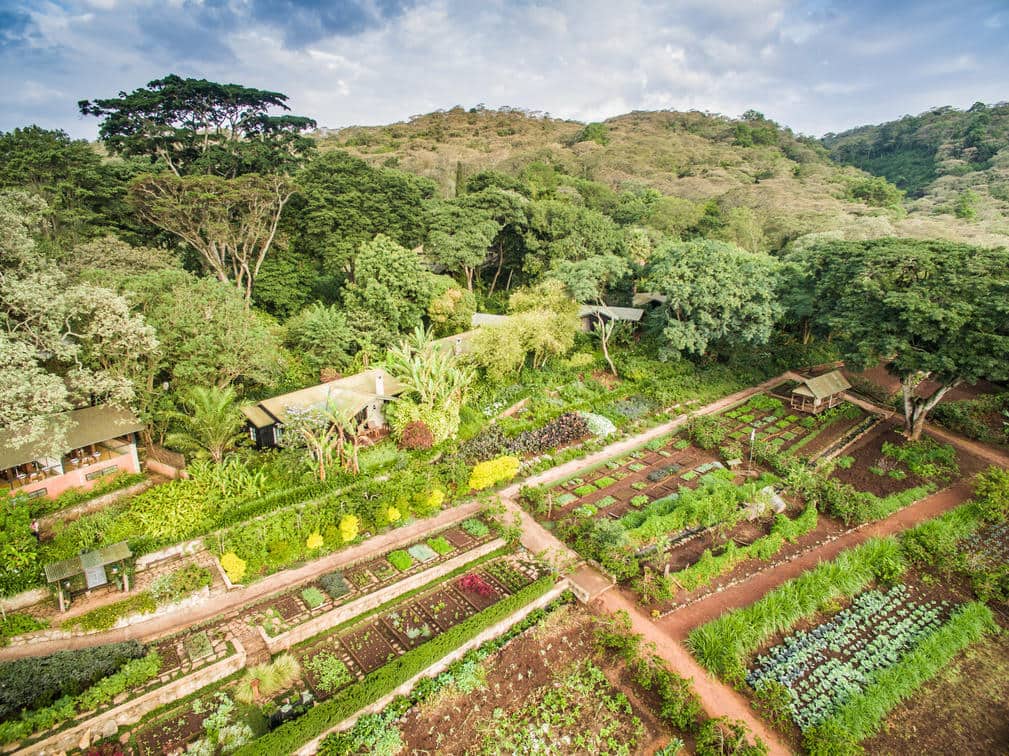
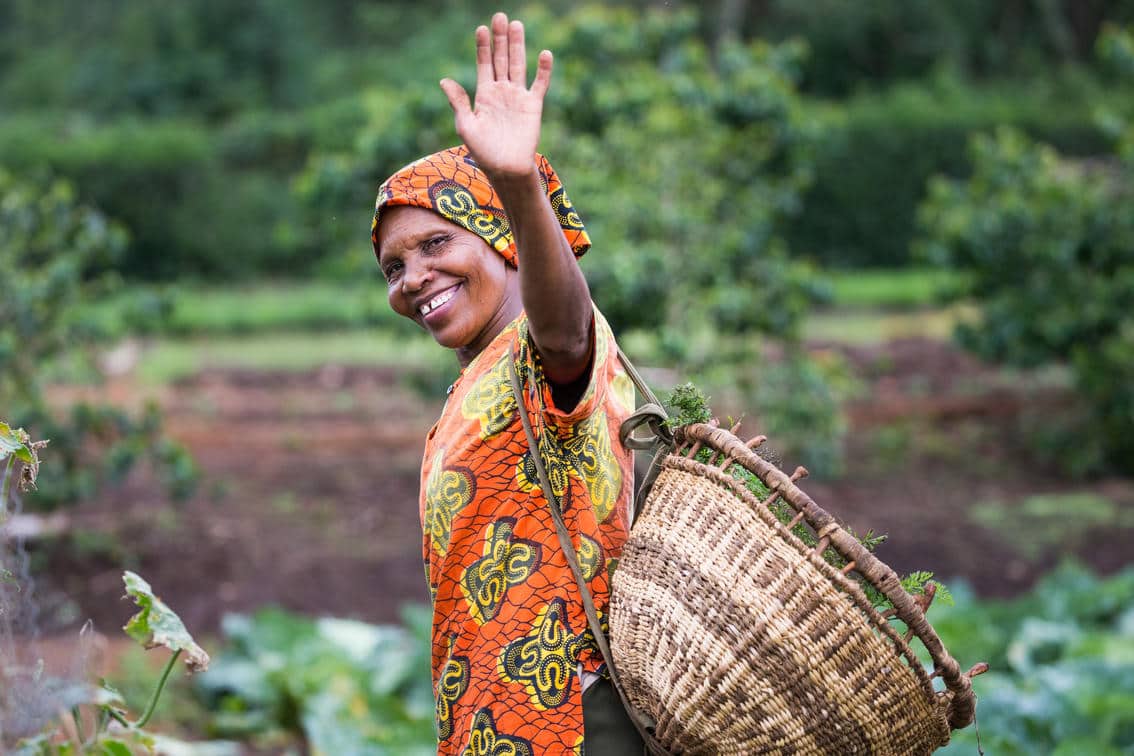
Ngorongoro Crater Tours And Activities
Inside the Ngorongoro Crater itself, activities are limited to game drives in order to not disrupt the natural rhythm of the wildlife. Moving outwards towards the wider areas of Ngorongoro National Park, the exciting list of activities makes it hard to choose from!
Crater Rim Walk
The crater rim walk is perhaps the most popular activity and can be walked, beginning at either Gibbs Farm or Ngorongoro Crater Lodge. Embark on a spectacular 6 to 7-hour walk, led by the expert rangers from the Ngorongoro conservation area, as well as a Gibb’s Farm naturalist, to explore secretly secluded forests filled with fascinating plants, animals and beautiful birds – such as the Schalow’s wheatear, mountain white-eye and golden-winged sunbirds. The trail leads you up through the Ngorongoro Forest where you climb the slopes of the crater with the well-earned reward of the most awe-inspiring views of the crater floor below you.
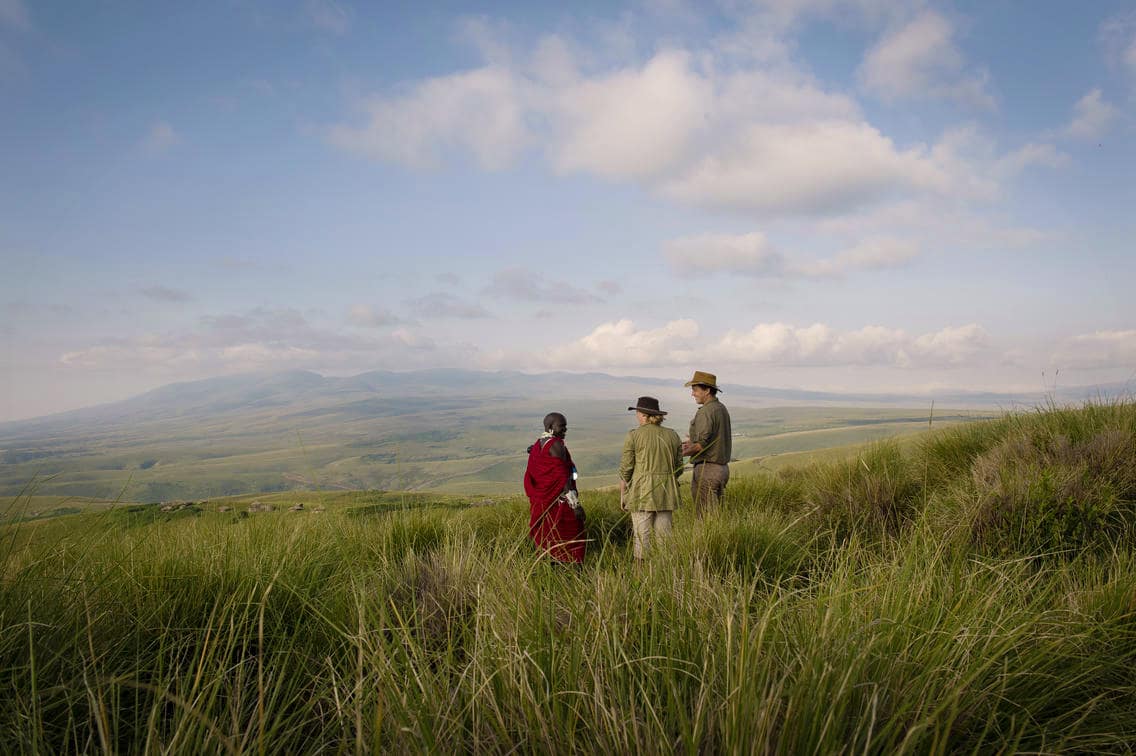
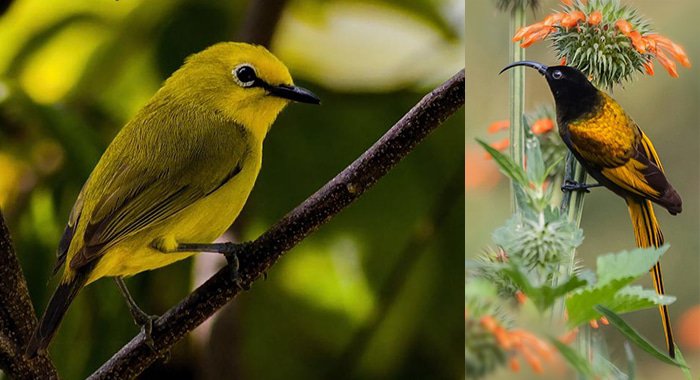
Crater Game-Drive Tours
Once again, this activity can be arranged from either Ngorongoro Crater Lodge or Gibb’s Farm. With 360-degree views all around you, this can be described as a bucketlist game-drive! Witness the immense abundance of the crater’s wildlife, out on its wide-open expanses of the grassy plains game amongst seemingly endless herds of grazing game (and a prowling predator or two!) and then on deep into the indigenous emerald highland forests where the elephants roam in the shade. Depending on the season, Lake Magadi is transformed into a rose-pink sea of flamingoes, with hippos happily submerged in the cool of the swamps.
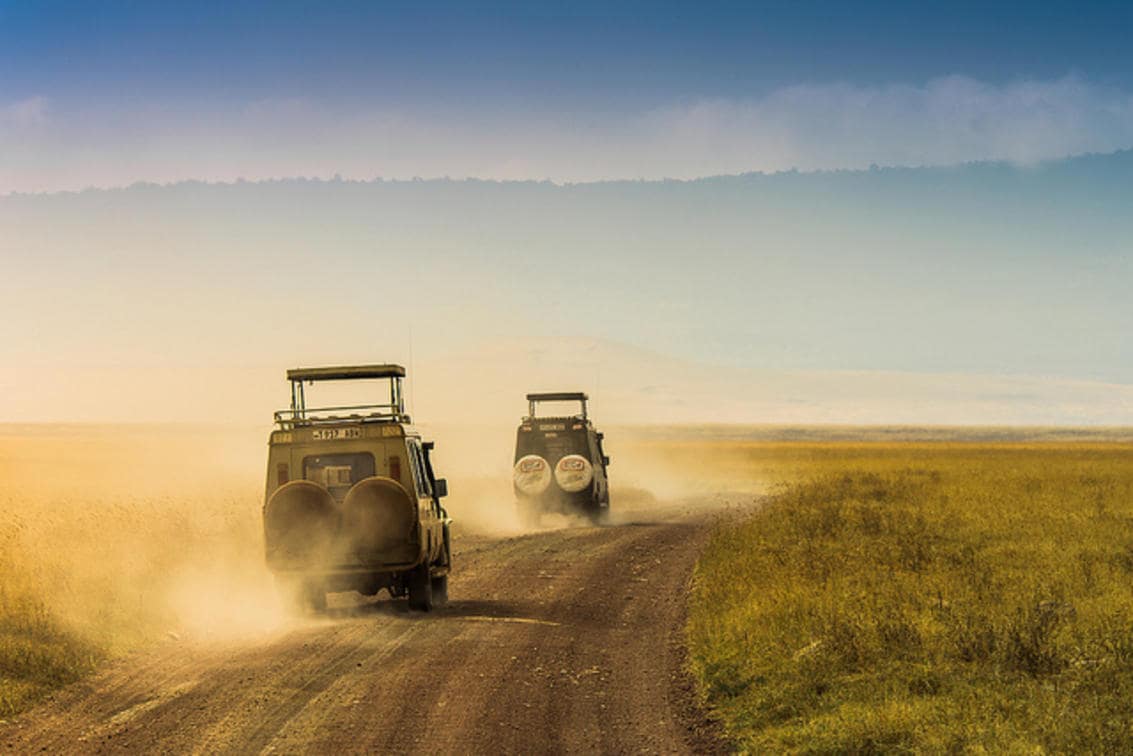
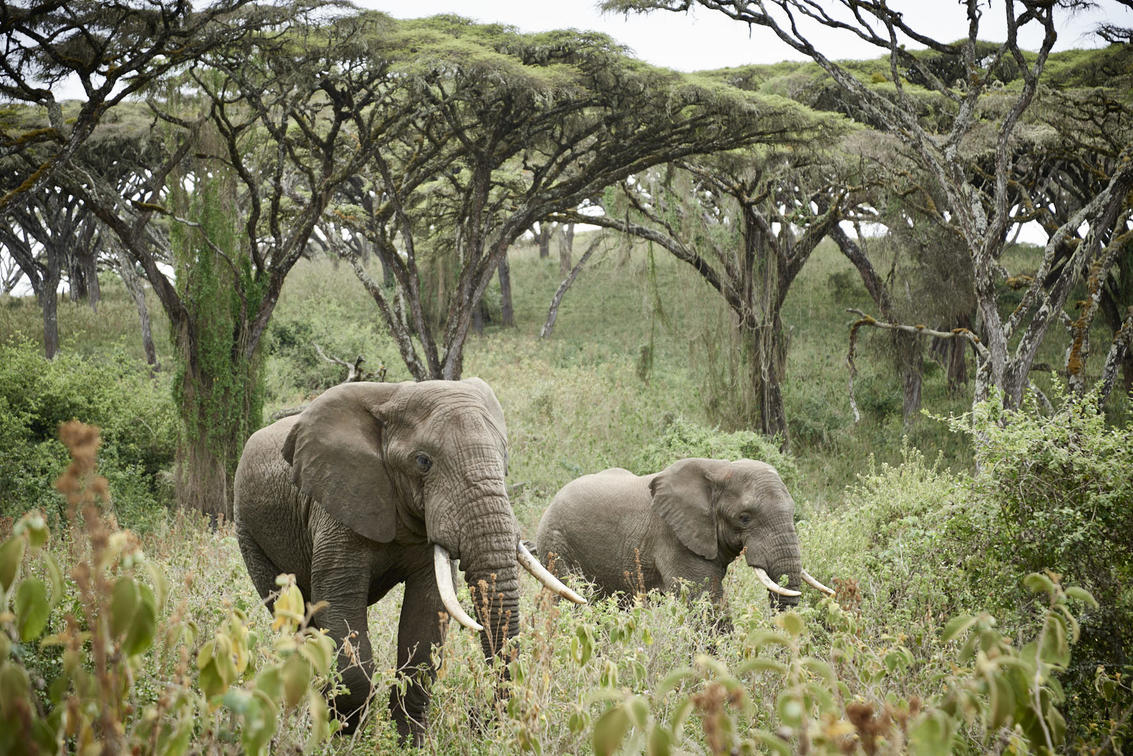
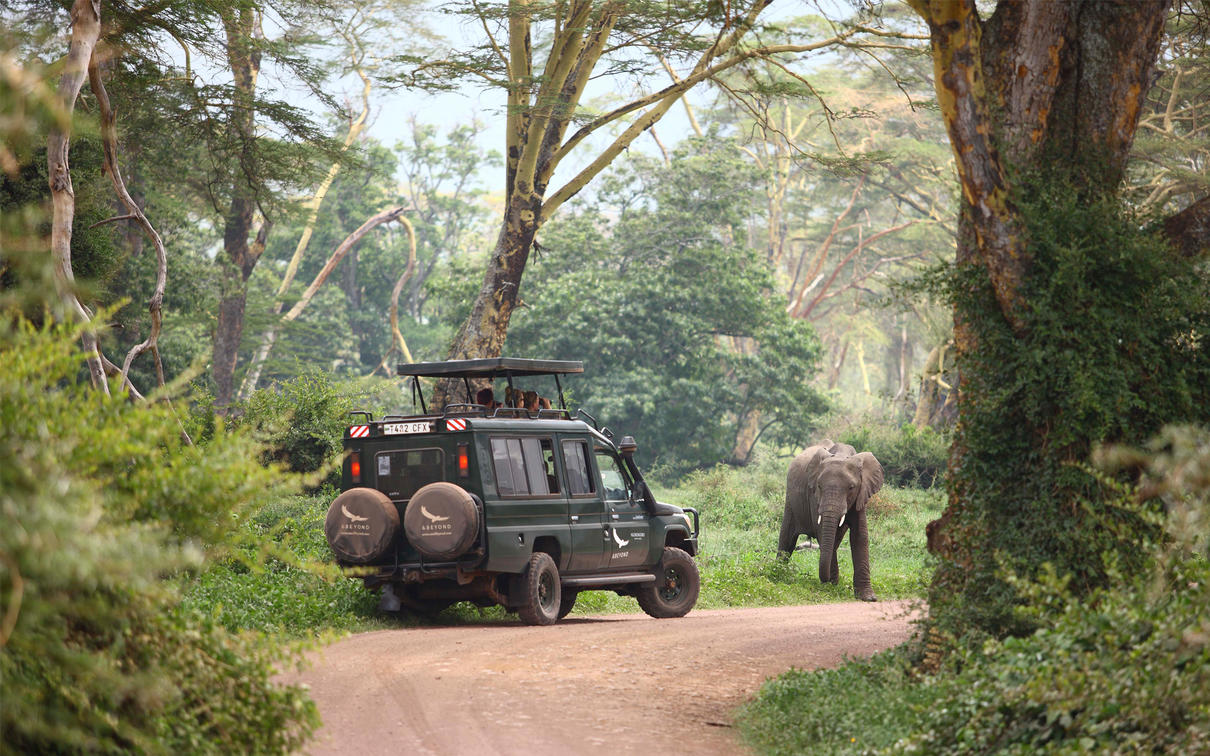
Crater Floor Dinner
If you’re staying at the Ngorongoro Crater Lodge, surprise your beloved with possibly one of the most unique romantic experiences in the world: a private feast for just the two of you, with your own butler to make sure you’ve got every whim catered for — right in the middle of a wildlife extravaganza – and the vast crater as your backdrop.
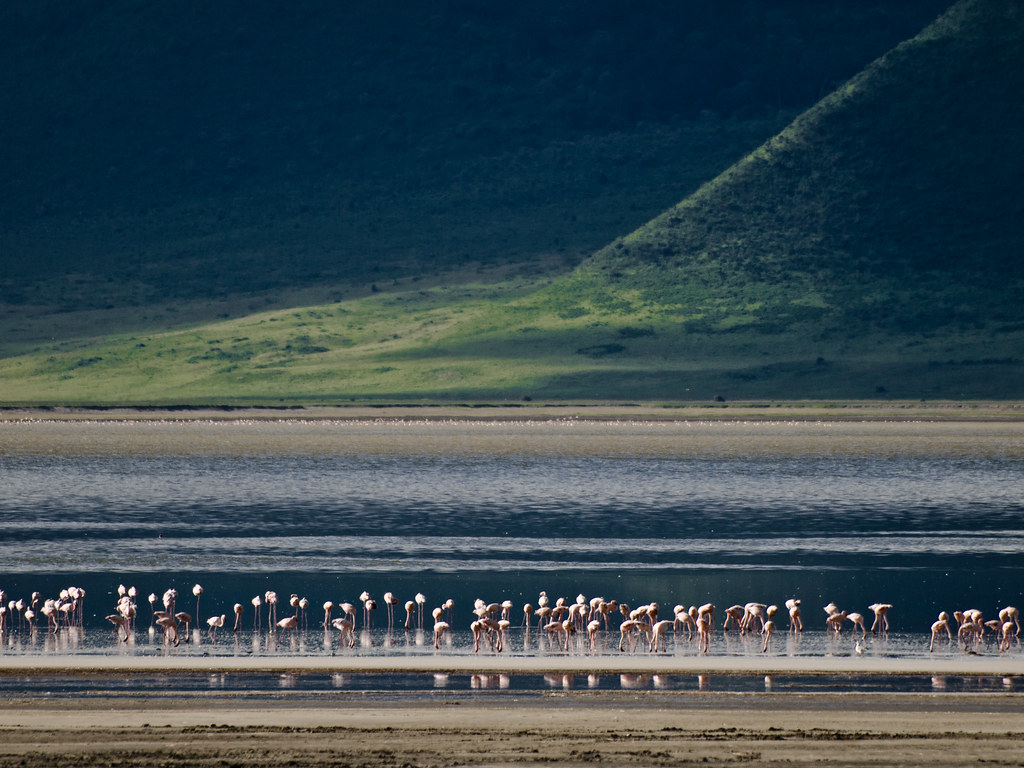
Elephant Caves Walk
One of our firm favorites is the Elephant Caves Ngorongoro tour, a two-hour or so hike through lushly forested slopes to ancient waterfalls and enigmatic ‘elephant caves’ that were once carved out by these gentle giants by digging up the earth to nourish themselves with the vitamin-rich soil. You’re likely to encounter the other creatures drawn to the area by its fertile soil, like shy bushbuck, waterbuck, lumbering buffalo and the odd troupe of playful baboons on your adventure.
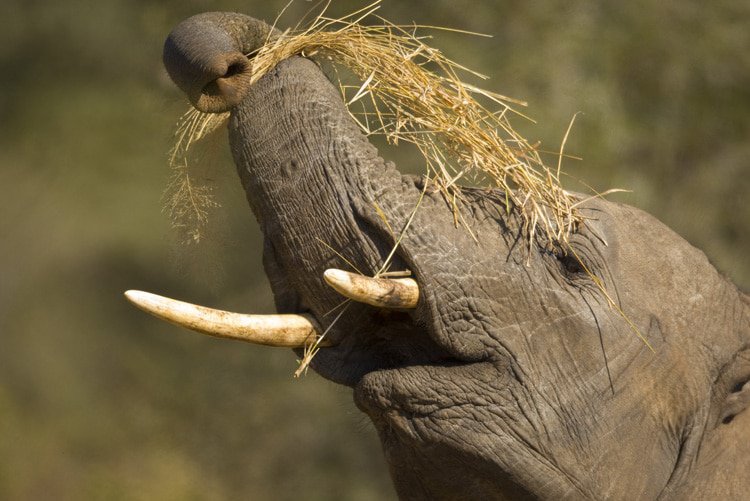
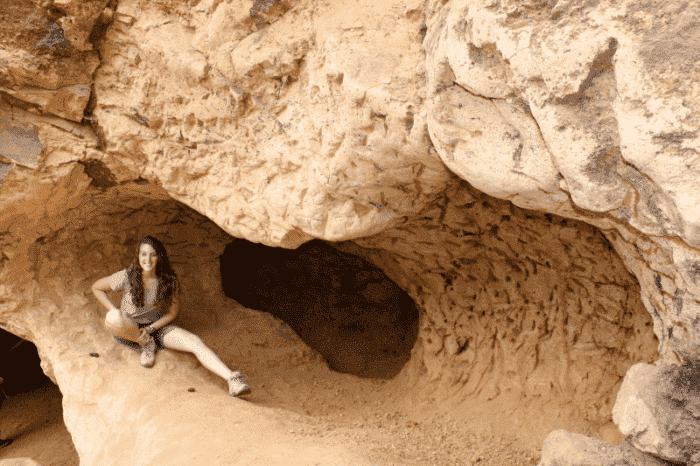
Visit A Coffee Plantation
Finding its way to Tanzania from Ethiopia, coffee wasn’t originally brewed as a beverage but transformed, according to oral tradition, by the Haya tribe, into a potent stimulant – which was chewed – through a ritualized process of first boiling the Robusta beans and then steaming them with aromatic herbs. Interestingly, the Haya also used the coffee beans as their currency, with tribal leaders controlling their cultivation. Today, coffee is Tanzania’s largest export crop, 70% their world-famous Arabica coffee, and Robusta making up the deficit.
There are quite a few coffee plantations in the area, but when you stay at Gibb’s Farm, you can explore their coffee plantation and discover the age-old process of turning fresh green coffee beans handpicked from the plantation into that fragrant, richly roasted coffee we typically love (and rely on!) to kickstart our mornings: on safari for those dawn game-drives – and back home!
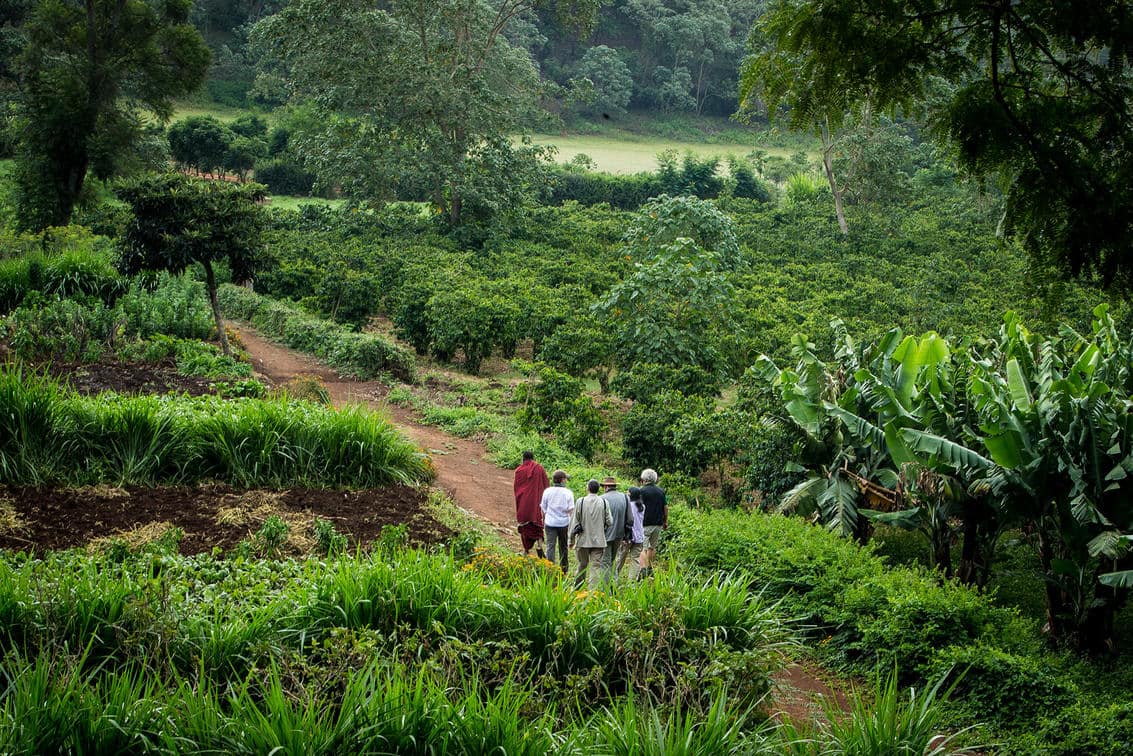
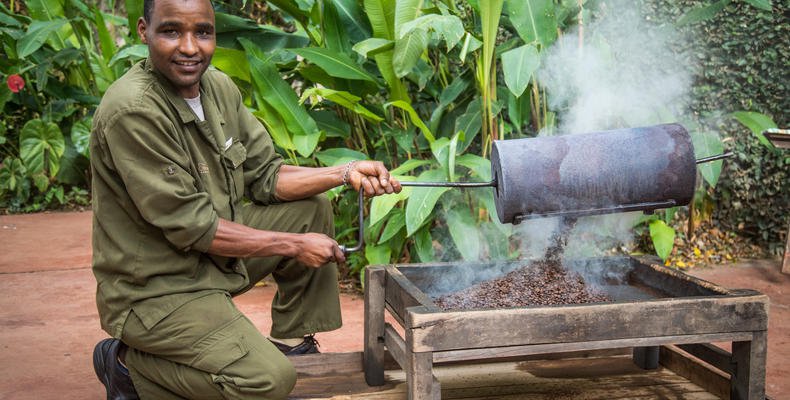
Hadzabe Bushman Experience
After an early morning breakfast (with a steaming cup of Arabica, of course!), head out on a guided drive to Lake Eyasi where you’ll get to meet the historical hunter-gatherer Hadzabe tribe who will show you how they live: from learning the art of shooting a bow and arrow, to how they prepare their food and ancient survival skills they still use today. Meeting this family is more than merely fascinating… It will give you a completely renewed appreciation for life, the wild, and human beings – which you will cherish forever.
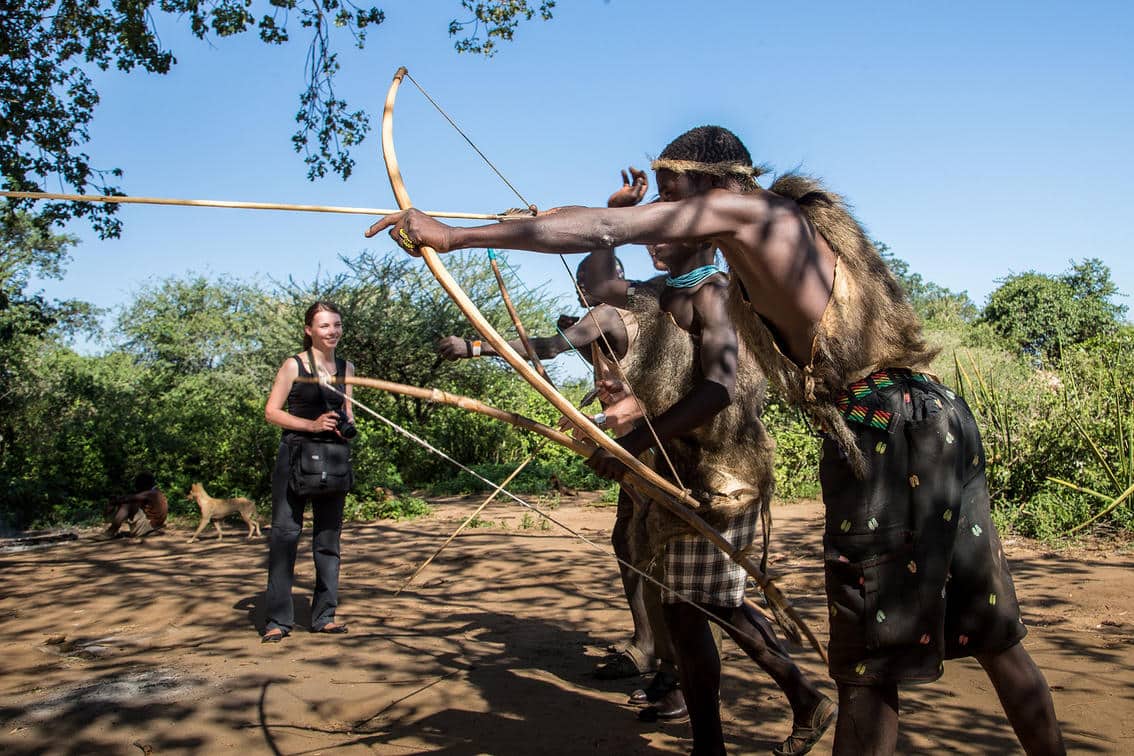
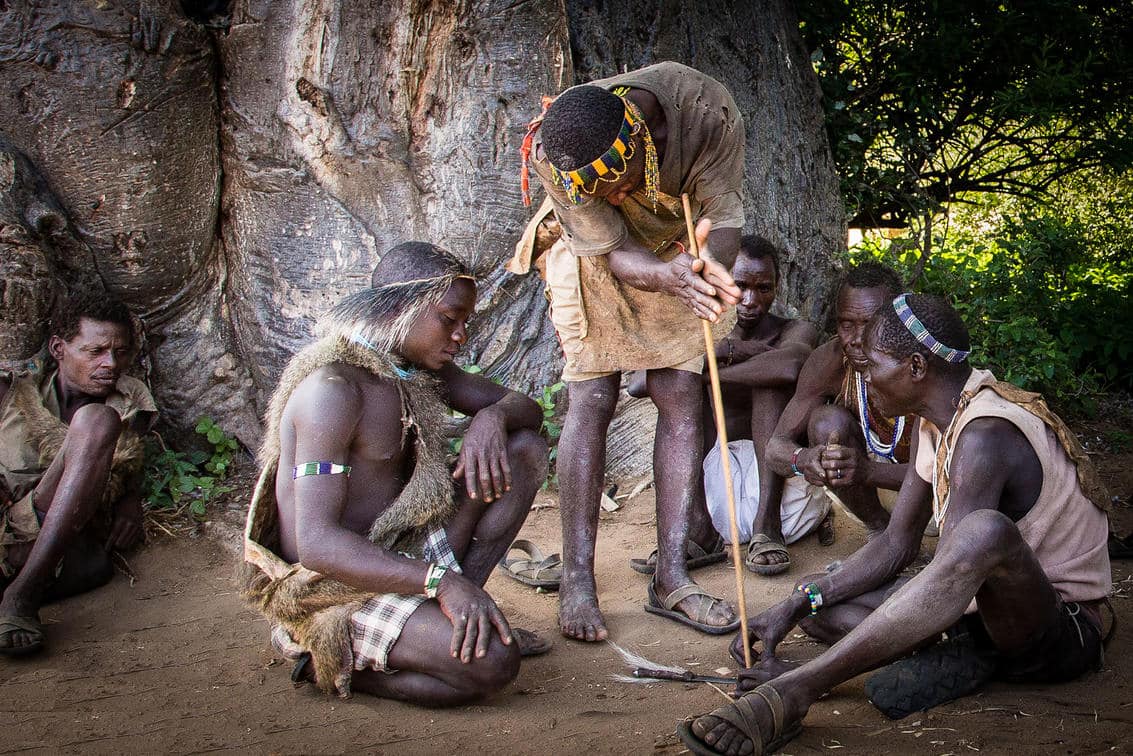
The Lake Eyasi Walk
On this guided walk, you can wander through the expansive grazing land, lose yourself in the spectacular views of ethereal Lake Eyasi, and visit the local Masai villages where you’re welcomed into the heart of the village like an old friend, where you can learn about their unique lifestyle and culture.
Visiting the Africa Foundation Mokilail School Project to see the amazing community work being done in the area, is also a very special highlight, leaving you inspired! And, for the ultimate end to your day’s adventure: your walk can be tailored to finish at the viewing point overlooking Lake Eyasi: perfect for putting up those feet and sharing the day’s stories over sundowners, while the sun sets over the lake.
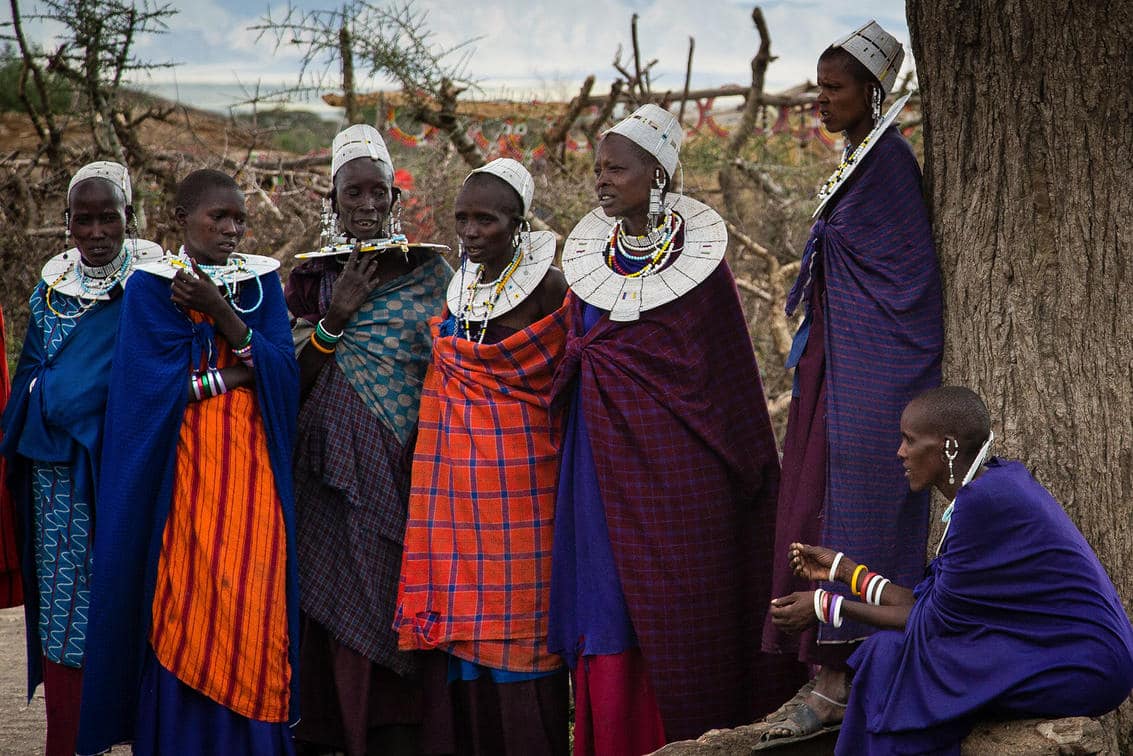
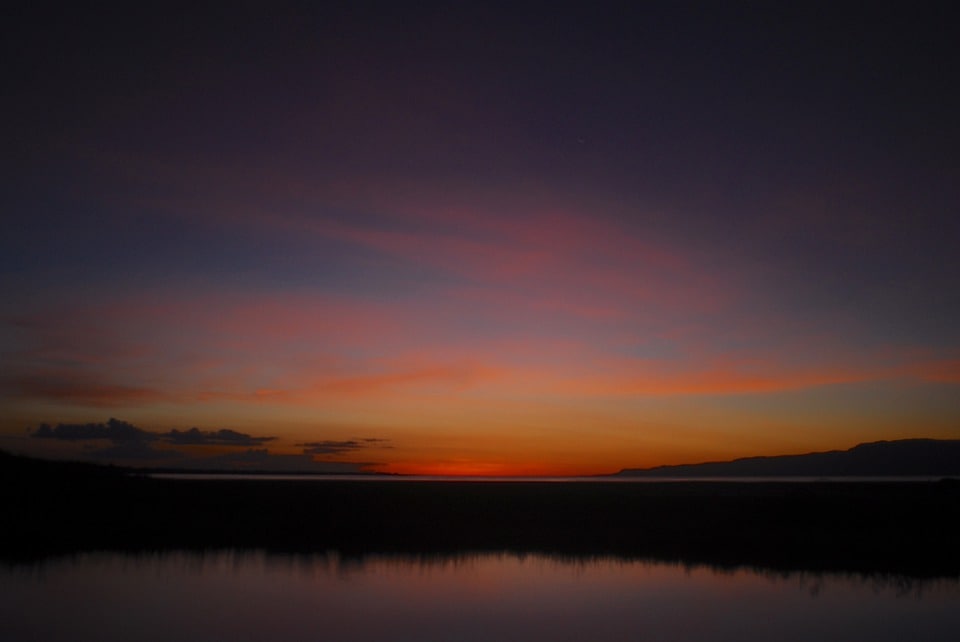
Drumming Maasai Warriors
Picture this: twenty Maasai warriors, drumming out the heartbeat of the Ngorongoro on the lawns overlooking the crater Ngorongoro Crater Lodge, as the sun wraps you in rose-gold and lilac warmth, while you savour a G&T with mouthwatering hors d’oeuvres, their voices rising in traditional anthems… ‘Magical’ doesn’t even begin to describe it!
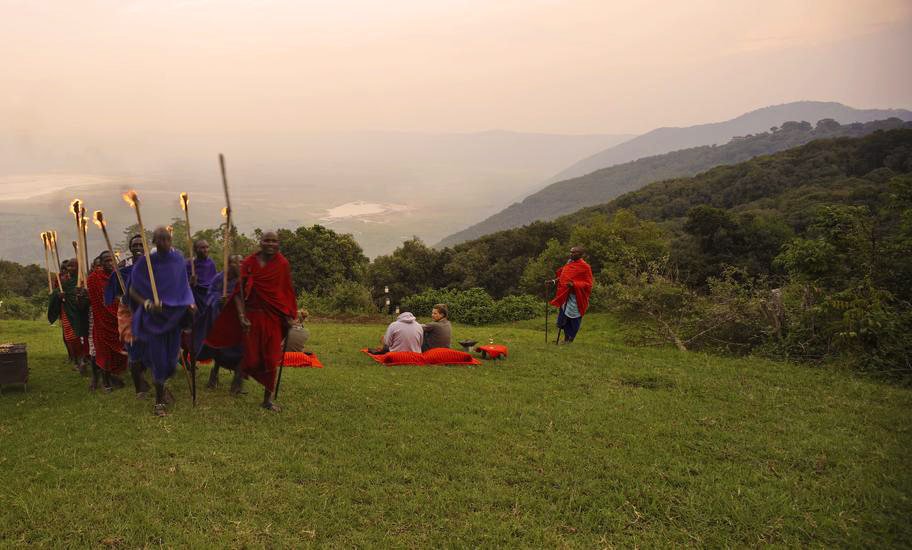
Olduvai Gorge & Shifting Sands Tour
Go on an exploration tour to the incredible archaeological site of the Olduvai Gorge where the earliest remains of homo sapiens were found by Mary Leaky. Then move on to the beautiful volcanic ash dunes (also known as shifting sands) which slowly migrate across the desert floor due to winds.
Known as ‘The Cradle of Mankind’, explore the renowned archaeological site of Olduvai Gorge where some of the old remains of humanity were discovered by British paleoanthropologist, Mary Leakey, unearthed the Zinjanthropus skull in the mid 1900s. The qauint little museum is definitely worth a visit! This mesmerizing site is a steep-sided ravine made up of two branches that, together, are 30 miles (48km) wide and 295 feet (90 metres) deep, its exposed sides yielding a treasures and treasures of fossil remains!
After Olduvai Gorge, you’ll be blown away by ‘Shifting Sands’ – a remarkable dune of volcanic ash which appears like a sudden apparition in stark contrast to the lush, grassy plains. Like its name, the dune drifts perpetually and imperceptibly across the landscape, at the mercy of the prevailing unidirectional winds.
